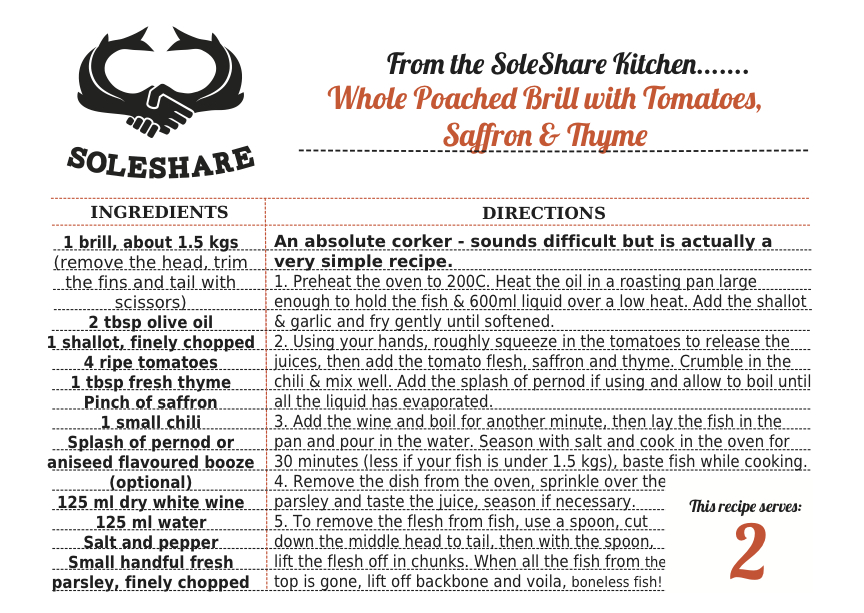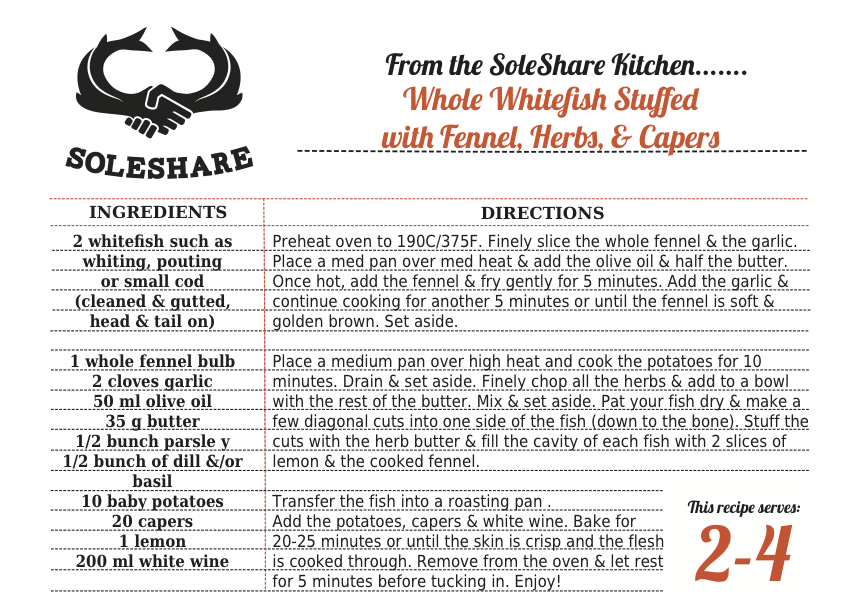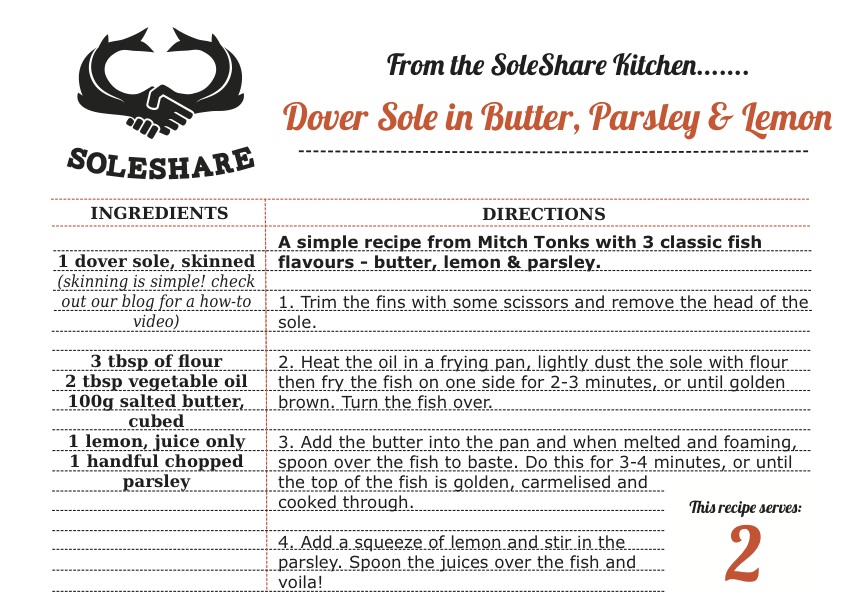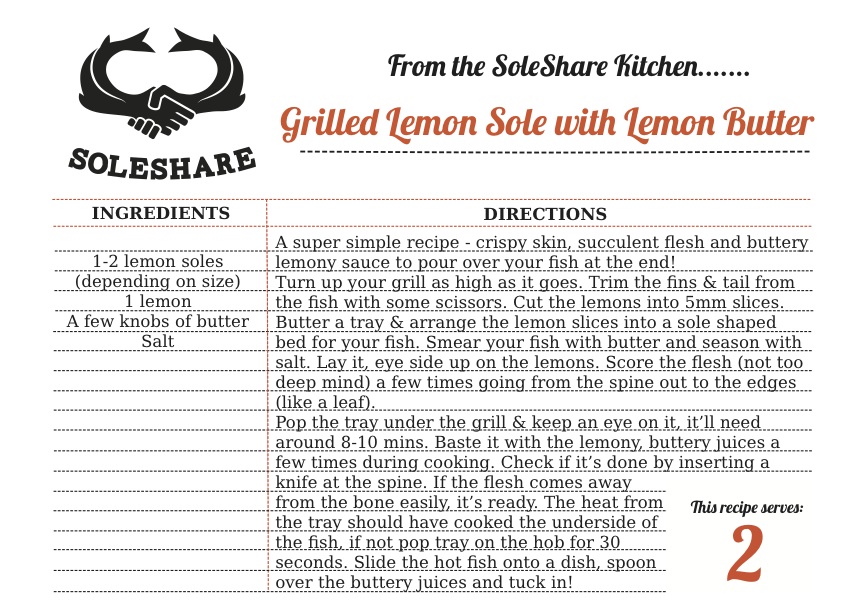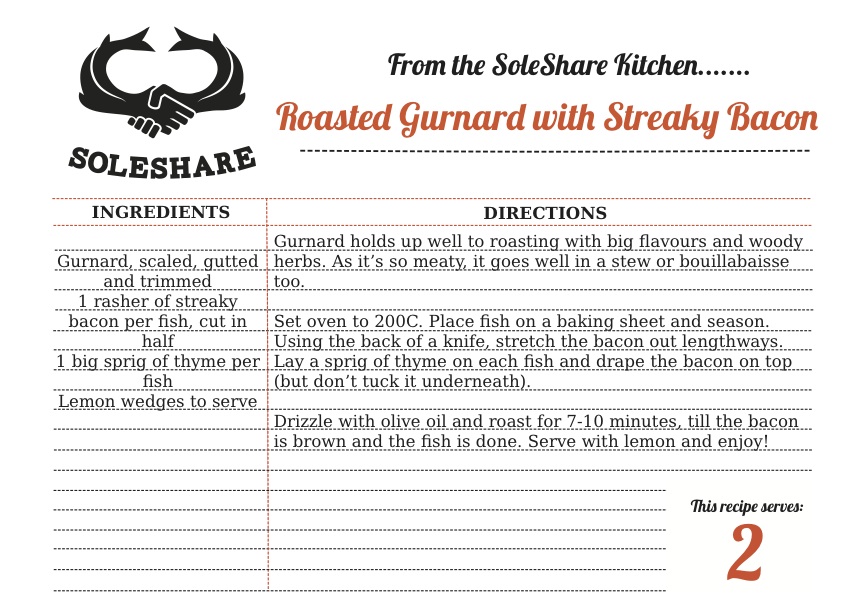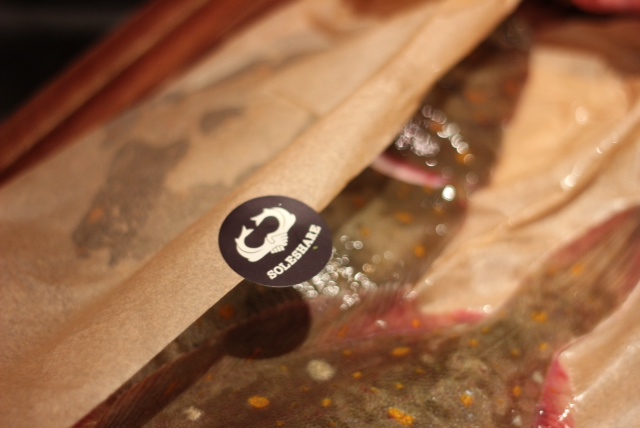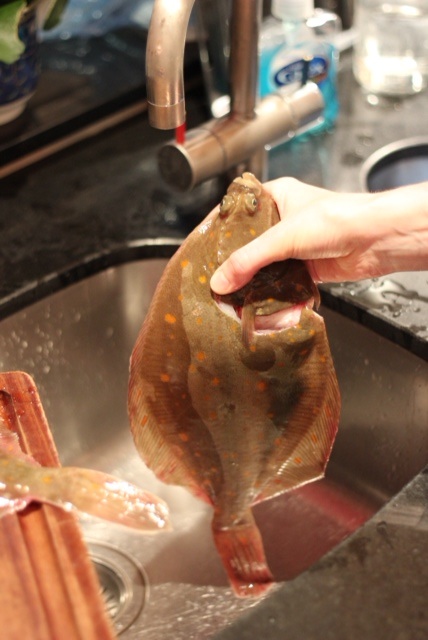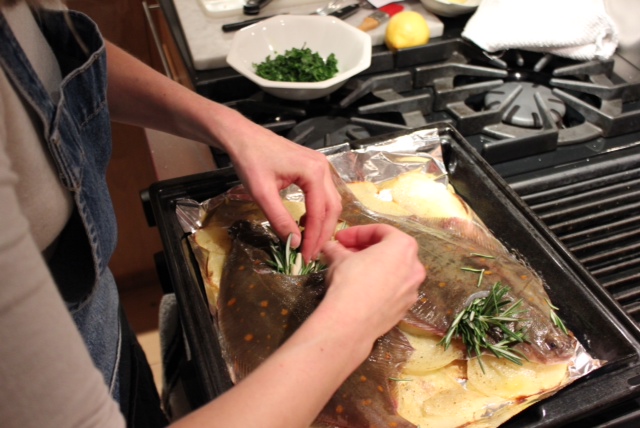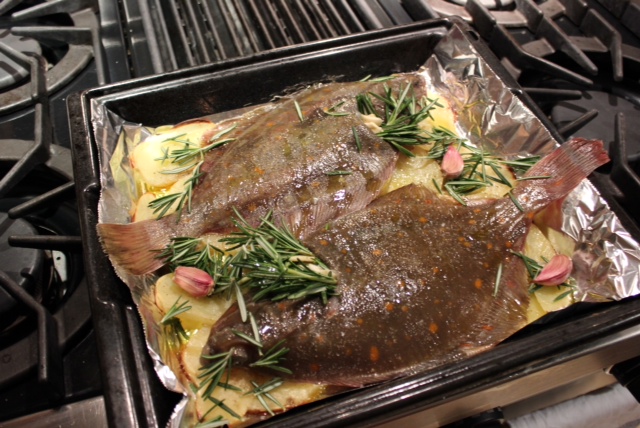At SoleShare, we work with independent inshore fishermen. The inshore fleet’s been steadily declining for years and we started our Community Supported Fishery to give them a steady and stable market with fair prices for their fish.
A few weeks ago, the tail end of Hurricane Gonzalo reached our shores, bringing with it gale force winds. Our guys spent a good few days unable to fish. Weather’s always problematic for dayboats and it’s something that they factor into their daily life.
A week after hurricane Gonzalo, another storm hit the south coast and this time, no one saw it coming. The Marine Management Organisation (MMO), who are in charge of quota for the UK fleet, decided to close the inshore fisheries for skate and plaice in Sector VIId.
VIId covers the Eastern English Channel and is where the majority of our fishermen operate. And the inshore fleet had caught all their quota (the slice of the pie that's divvied out between all the boats in Europe). As a result of this closure, they’re not allowed to land any plaice or rays. Both of these are mixed species fisheries. One of our fishermen uses 6 inch tangle nets to target large plaice, soles and cod, but it’s really the soles he’s after.
Same goes for the skate fishery, the 10.5 inch trammel nets they use, not only catch skates and rays but turbot, halibut and brill- all three of which command a much better price on the dock.
The fishermen are faced with a problem, stop setting ground nets to make sure they don’t catch any plaice or rays, or simply discard the ones they catch and keep the more lucrative species.
Luckily, the static gear used by most inshore boats mean that the majority of the plaice and rays thrown back into the sea will survive, still, many won’t.
There’s an old adage in fishing- it’s hard to be green when you’re in the red. With crews to pay, loans on boats and mortgages to think of, the fishermen are put in awful position.
These guys haven’t done anything wrong, they fish using some of the most environmentally sustainable techniques possible, but it’s problems like this that make their way of life economically unsustainable.
Greenpeace have recently started a campaign to make sure our new fisheries minister, George Eustice makes sure quota allocation is done in a fairer way, with a larger slice of the pie given to smaller, more sustainable fishers. It’s one that we fully support. We need new measures to ensure the survival of the inshore fleet, we give a helping hand to a small number of fishermen, but we need policy changes to really secure their futures and the future of their industry.
This example should put things into context:
There are around 12,000 inshore fishermen in the UK. They share 4% of the total UK quota of fish.
The Cornelis Vrolijk (on the left) is a Dutch trawler that flies a British flag. It has 23% of the UK fish quota. It lands all its fish in Holland.
So one trawler, employing just 55 British crew has over FIVE TIMES as much quota as ALL the inshore fishermen in the UK.
Does that seem fair to you..?
It's issues like this that have enraged fishermen all over the south coast. Many want to see us withdraw from the EU and take control of our own fish stocks. However, it's much more important that we actually get involved with EU negotiations to ensure a fair deal for our small scale fishermen.
Please support the new Greenpeace campaign, we will be.





